Sony is developing a pair of smartglasses to rival Google Glass product, and has produced a slimmed-down pair of glasses with an integrated screen in the lens.
The Sony Smart EyeGlass acts like a secondary screen for an Android smartphone, displaying information in the view of the wearer, overlaid on top of the real world.
They use a tiny projector and hologram system to display a crisp green image in the wearer’s vision, which appears to hover about 2m away.

“We’re developing some with industrial applications in mind, but our strengths are not in business so our primary focus is the mainstream consumer,” Hiroshi Mukawa, developer of the Eyeglass projector technology, told the Guardian. “Of course, that’s very challenging.”
The glasses have a camera mounted in the left-hand lens and use an accelerometer, gyroscope and compass to track the motion of the wearer’s head, overlaying information to create augmented reality. They connect to a smartphone via Bluetooth and Wi-Fi, allowing Android apps to use the glasses for heads-up information.
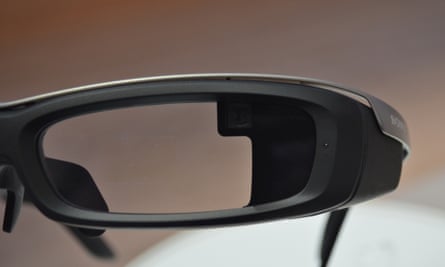
Demonstration apps from several developers were on show, including augmented reality app Wikitude, which displayed landmark and other points of information pinpointing their location as the wearer looked around.
Another app, Cookpad, displays recipes and responded to voice commands while in the kitchen, taking a photo on command, while a social media application from Euclid Lab displays updates from those near the wearer.
The most impressive app being demonstrated used the camera to recognise faces and display their names, relieving the awkward meetings where you can’t quite remember the name of the chap you should know.
After 10 years in the making, the Smart EyeGlass smartglasses are being shown off in near-final prototype form at IFA in Berlin, as Sony is getting ready to launch developer kit versions of the smart glasses within a year with an SDK for standard Android apps due to be released soon.
They currently require a small handheld control device that packs the battery, a touch strip, microphones for voice recognition and buttons for selecting menu items.
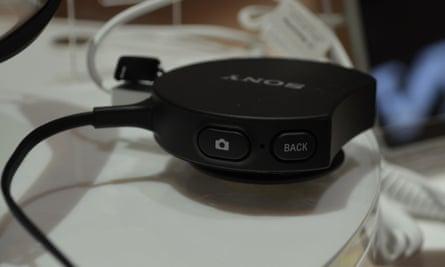
Mukawa explained that the primary reason for having the small controller, instead of building it directly into the glasses was the weight of the battery, which would have made the glasses uncomfortable and that touch controllers on the side of the head were difficult to use.
The plan is to build the battery and a form of controller into the glasses before being released to the consumer in around two years.
“Our battery devision at Sony is working on a special battery designed for wearables,” Mukawa said. “The tiny battery we could fit into the glasses now without being uncomfortable would only last around two to three hours.”
“With batteries for wearables there is a significant safety concern that has to be addressed,” he said.

The glasses are still in early stages, but the prototype form is nearly final, with a few miniaturisation tasks left to do.
Google Glass, although on sale to any consumer in the UK for £1,000, are still described as a beta product for testing, rather than a final consumer product. Mukawa expects that Sony will not be far behind at the point of which Google finally releases their consumer smartglasses.
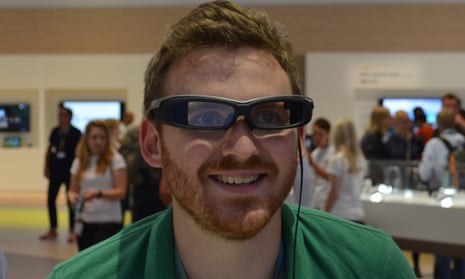
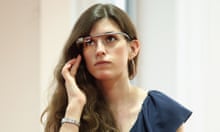
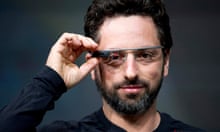
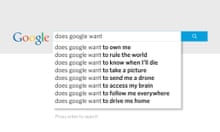
Comments (…)
Sign in or create your Guardian account to join the discussion